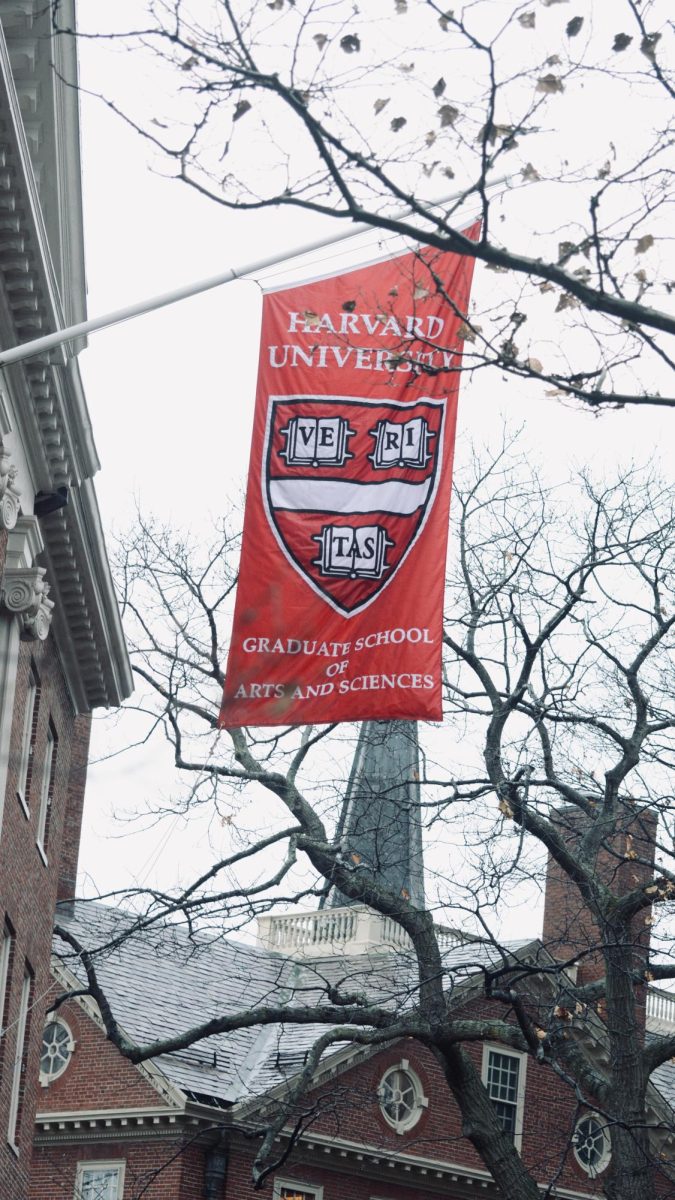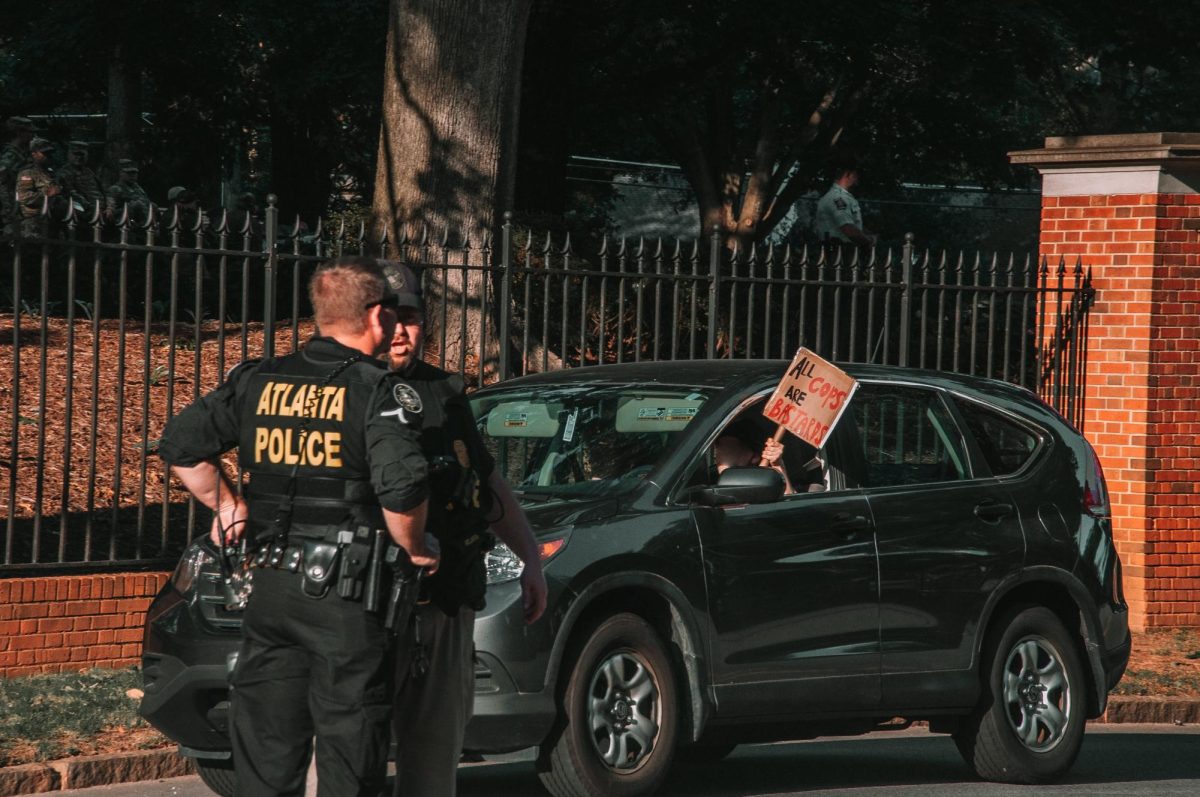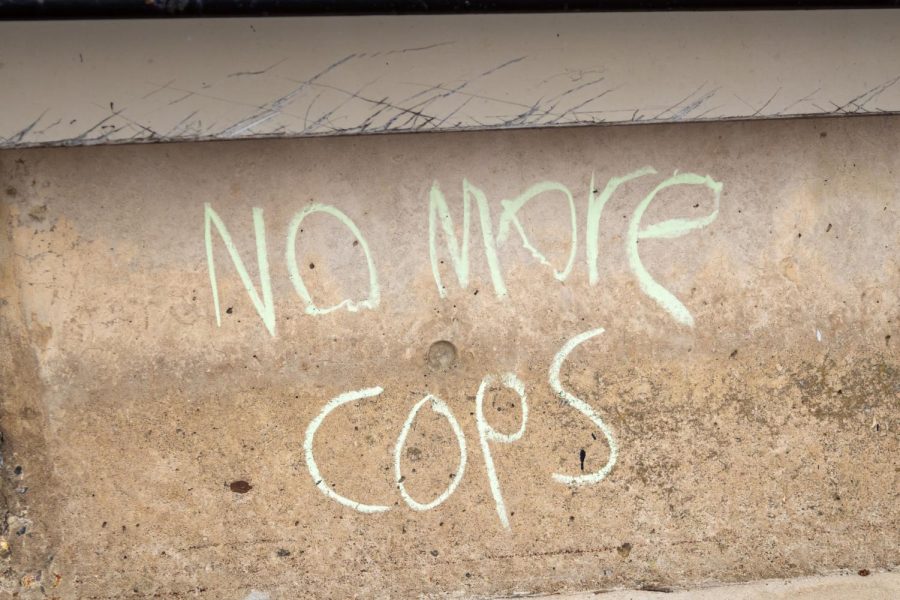The latest scandal from the New York City Ballet had all the components to become headline news, yet it has not. Recently, the dance world was floored when Chase Finlay, a principal dancer with the New York City Ballet, was accused of partaking in a well-hidden sexual harassment scandal along with fellow lead dancers Amar Ramasar and Zachary Catazaro. Their accuser, 19-year-old Alexandra Waterbury, is Finlay’s former girlfriend and a graduate of NYCB’s affiliate school, The School of American Ballet.
On Sept. 4, Waterbury filed a lawsuit against the ballet company, citing the “fraternity-like” culture that had festered within. She alleges that while they were dating, Finlay had been taking explicit photos of her without consent and sending them to his colleagues. In a private conversation, an anonymous NYCB donor told Finlay that he thought they could “tie some of [the female dancers] up and abuse them like farm animals.” Finlay replied, “or like the sluts they are.”
This is not the first scandal the NYCB has faced recently. In January, former artistic director Peter Martins resigned after five female dancers came forward accusing him of sexual harassment. Despite the fact that he resigned nearly nine months ago, NYCB has yet to hire a replacement director. Under this lack of leadership, a sense of toxic masculinity and unrestricted behavior was allegedly allowed to grow, thus paving the way for Finlay and his colleagues to act as they pleased around their female counterparts. This culture, supposedly reminiscent of a hunting ground, is not new for the ballet world, especially at NYCB. The infamous founder of the company, the legend George Balanchine, was notorious for creating a largely patriarchal environment where he had his choosing of female muses. Rumors of a “casting couch” have circulated for years. What is new, however, is this behavior finally being recognized and predators facing consequences for their disgusting acts.
In years prior to the lawsuit, Finlay had been recognized as the dance world’s “golden boy.” With his blonde locks and muscular build, not to mention his impeccable technique, he was the perfect candidate for the NYCB’s heartthrob persona – someone fans of the company could swoon over or aspire to become. NYCB is one of the world’s top companies, and their dancers are arguably some of the ballet world’s biggest stars. Finlay is one of the biggest stars for one of the biggest companies, and he is now being accused of heinous sexual harassment. This should have been one of the most talked about stories of September. It was not.
Outside of dance publications like “Dance” and “Pointe,” Waterbury’s lawsuit did not receive the media attention it deserved. Although many mainstream publications did report on the initial breaking of the scandal, their coverage did not extend past that. The coverage from the media was not sufficient for the average citizen who is unfamiliar with the ballet world to hear about Waterbury’s lawsuit. Compared to the coverage of the 2017 “Me Too” movement, mainly the allegations against film producer Harvey Weinstein, NYCB’s latest case has been almost entirely removed from mainstream culture’s current affairs. In the heart of the “Me Too” movement, the most talked about headlines were the wave of allegations against Hollywood’s most powerful – actors, musicians, directors, producers, anyone who fit into the music and film worlds.
These are the stories that garnered the attention they rightfully deserved; the stories of abuse and harassment were met with anger and a call for change, allowing for the victims’ empowerment. Missing from this narrative was the dance world. Waterbury and those victims of the ballet world’s hunting ground who have yet to come forward have been denied their own movement at the hands of an unbalanced system.
The root of the problem stems from the fact that dancers are not given an equal platform as other public figures. Outside from the sexual harassment allegations, dancers in general do not have the same celebrity status as musicians or actors. As a result, they do not gain the attention they deserve when it comes to pressing matters. This July, Isabella Boylston, a ballerina with the American Ballet Theatre, was told to stick to dance when she posted a critique of the president on Instagram. Rooted in this mindset is the notion that dancers do not have right to a political voice. Stars such as Leonardo DiCaprio, Shailene Woodley or Angelina Jolie are known for their work in activism and are rarely criticized for this. Although dance is mainly silent, dancers themselves are not. They are living, breathing human beings with strong, powerful voices which deserve to be heard.
In the future, we need to do better. When we say, “Time’s Up” or “Me Too,” we need to include all victims in this narrative. This includes all public figures or everyday citizens, dance included, regardless of their race, gender or sexual orientation. There will be more Waterburys, and we must listen to all of them.
Emma Garber is a Collegian columnist and can be reached at [email protected].





















Amy • Sep 27, 2018 at 7:10 pm
Maybe it’s because the ‘metoo’ movement is abused and often includes false accusations?
MWnyc • Sep 27, 2018 at 4:17 am
Why aren’t we talking about Chase Finlay? Because what there is to say has been said. No one is defending what he did; everyone agrees that what he did was wrong; he’s been fired and has disappeared from public view.
Done.
Onward to other cases that need to be addressed.
Cayley • Sep 27, 2018 at 3:45 am
Dumb article, and her age is 21, not 19.
Someone’s photo was sent but where’s the evidence it was taken without consent?
The conversations may be gross but that’s all they are. Metoo has gone too far in a pathetic direction, it’s not the movement it began as. The message has become so diluted.